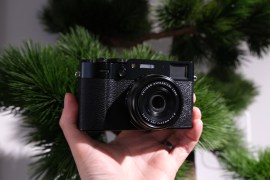Fujifilm GFX100S II hands-on review: goodbye studio, hello world
As mainstream as medium format gets?
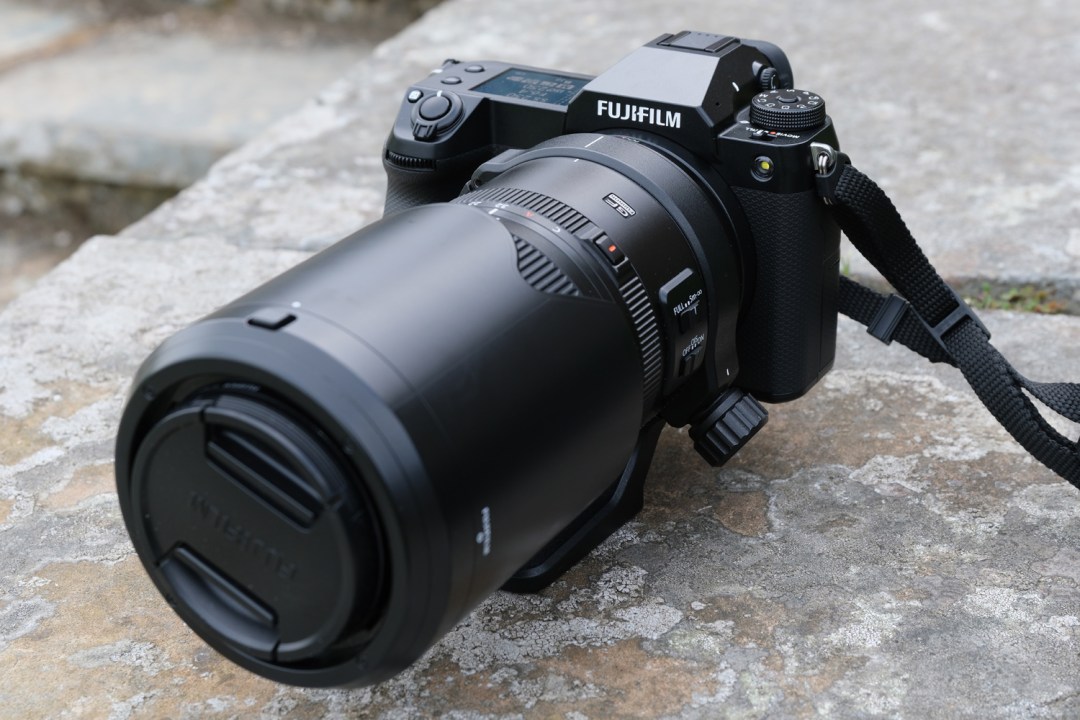
Initial Stuff Verdict
As capable in the wild as it is under studio lighting, the Fujifilm GFX100S II is shaping up to be a viable medium format alternative for many more photographers.
Pros
- Outstanding stills clarity
- Very effective image stabilisation
- Compact body and easy-to-master controls
Cons
- Demands serious cash
- Can UHS-II SD cards keep up with 102MP stills?
Introduction
Fujifilm is one of just a few manufacturers flying the flag for mirrorless cameras with medium format sensors – and practically the only one suggesting you take them outside of a studio environment. The original GFX100S proved the GFX range was good for more than just static subjects and landscapes; now the sequel wants to do even better, courtesy of improved in-body stabilisation and an all-new sensor.
While the GFX100 II is mainly aimed at professional photographers, the GFX100S II has enthusiastic amateurs in mind. Or at least very well-heeled ones, given it’ll set you back £4999/€5499/$4999 body-only (US pricing also being before sales tax) when it launches on June 17. That’s more affordable than its predecessor was at launch, though. So, should wildlife and sports snappers now sit up and take notice? I put one to the test at a safari park, ahead of Fuji’s official unveiling, to find out.
How we test cameras
Every camera reviewed on Stuff is tested in a range of lighting conditions, with a variety of subjects and scenes. We use our years of experience to compare with rivals and assess ergonomics, features and general usability. Manufacturers have no visibility on reviews before they appear online, and we never accept payment to feature products.
Find out more about how we test and rate products.
Design & build: a familiar face
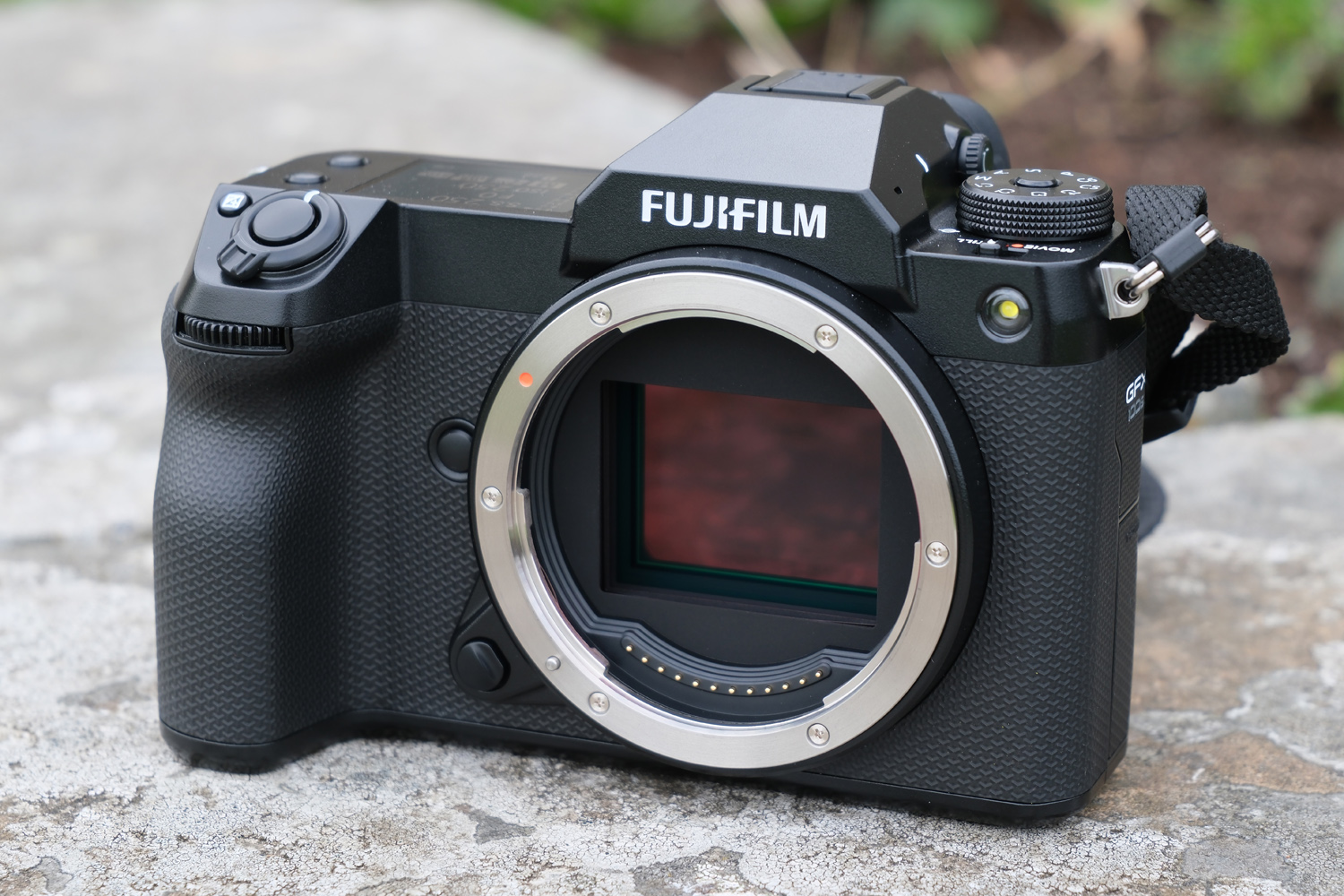
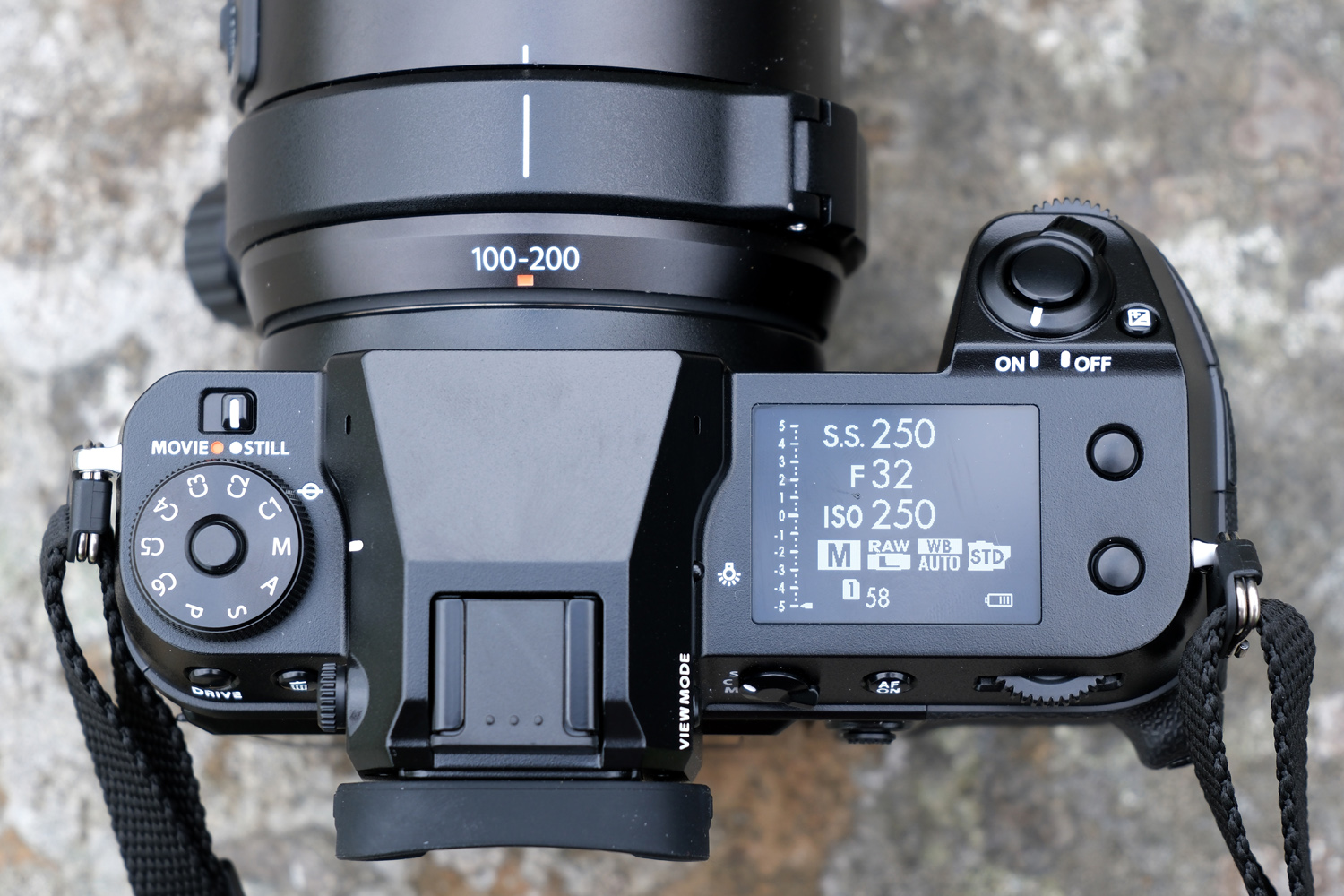
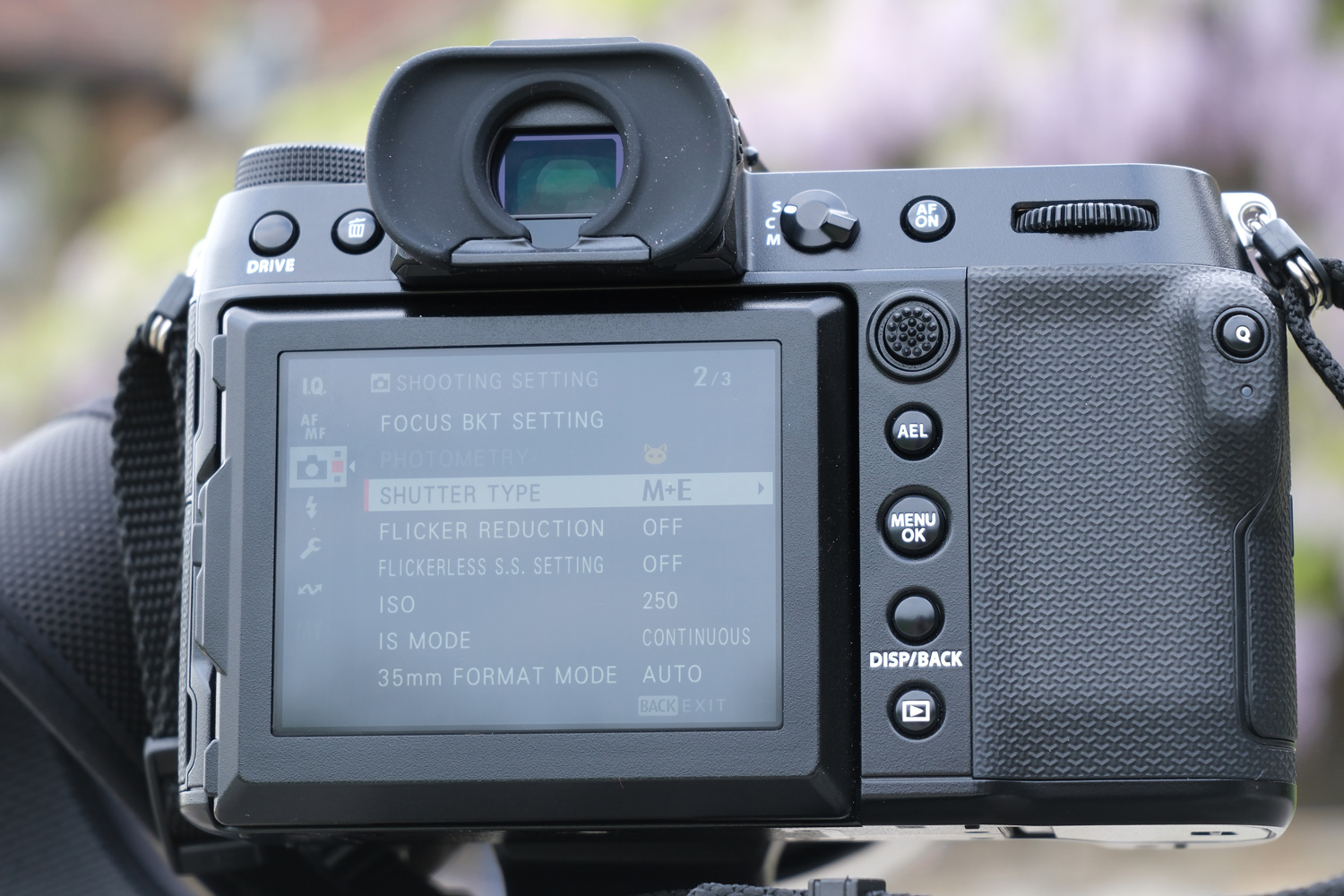
Fuji has reused the original GFX100S’ body shell for the sequel, rather than mixing things up too much – but there are one or two differences. The most obvious is the new grip texture, which covers pretty much the entire camera save for the metal top plate. It’s identical to the material used on the GFX100 II, and helps create plenty of purchase when wielding the camera one-handed.
This is still about as small as medium format cameras get, and considerably more compact than the bulky, dual-orientation full-frame rivals aimed at sports and wildlife photographers. A weather-sealed body was reassuring when I got caught in an early morning rain shower. At 883g it’s not overly heavy, but I definitely still needed the included neck strap once I’d bolted on the huge new GF 500mm f/5.6 telephoto lens.
The button layout is unchanged, with two customisable command dials on the right where your thumb and index finger rest around the shutter button, and a shooting mode dial on the right with six customisable presets. There are still plenty of Fn buttons for tweaking the setup to suit your preferences, along with a rubberised focus point joystick that’s easy enough to adjust while wearing gloves.
Features & battery life: professional yet portable
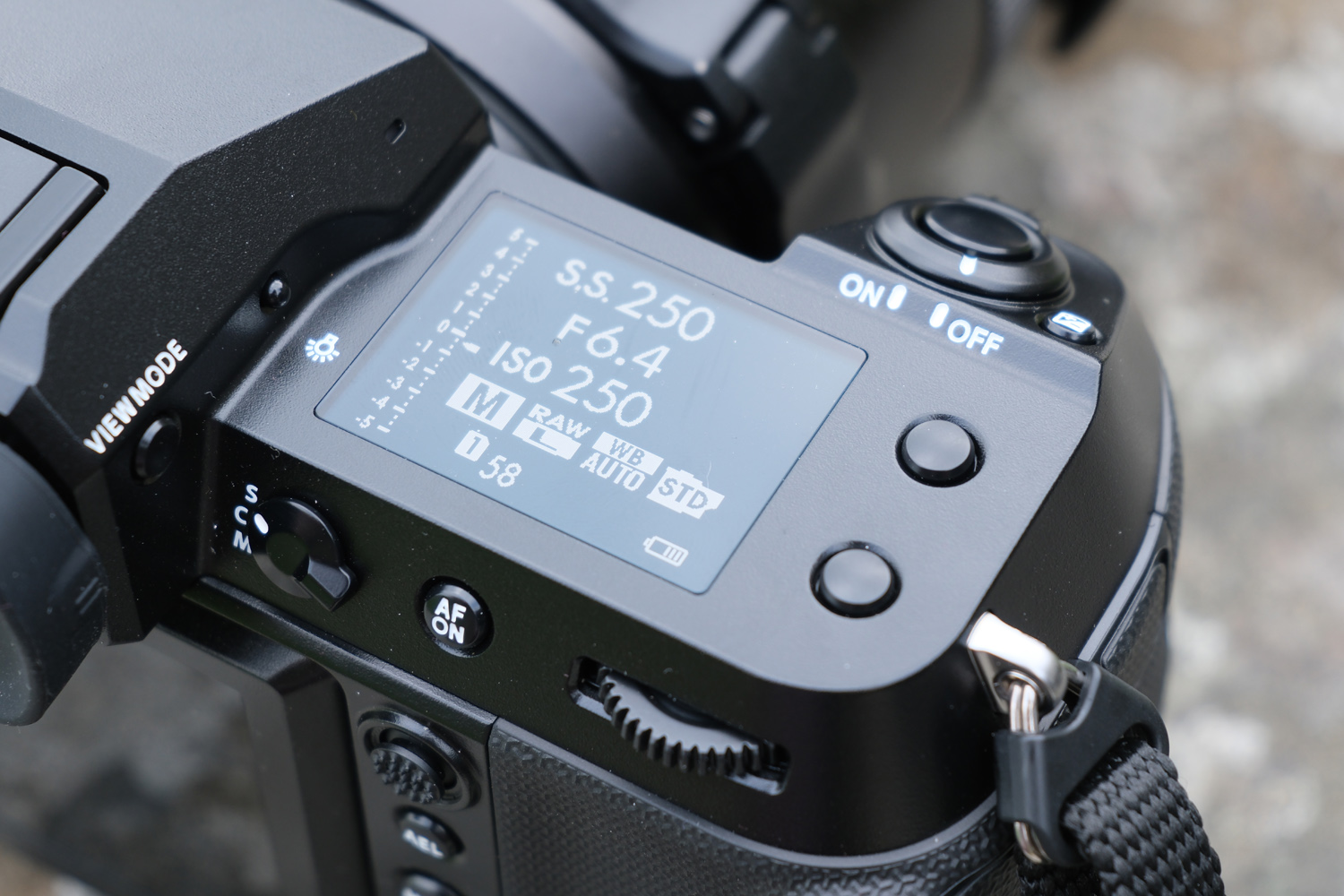
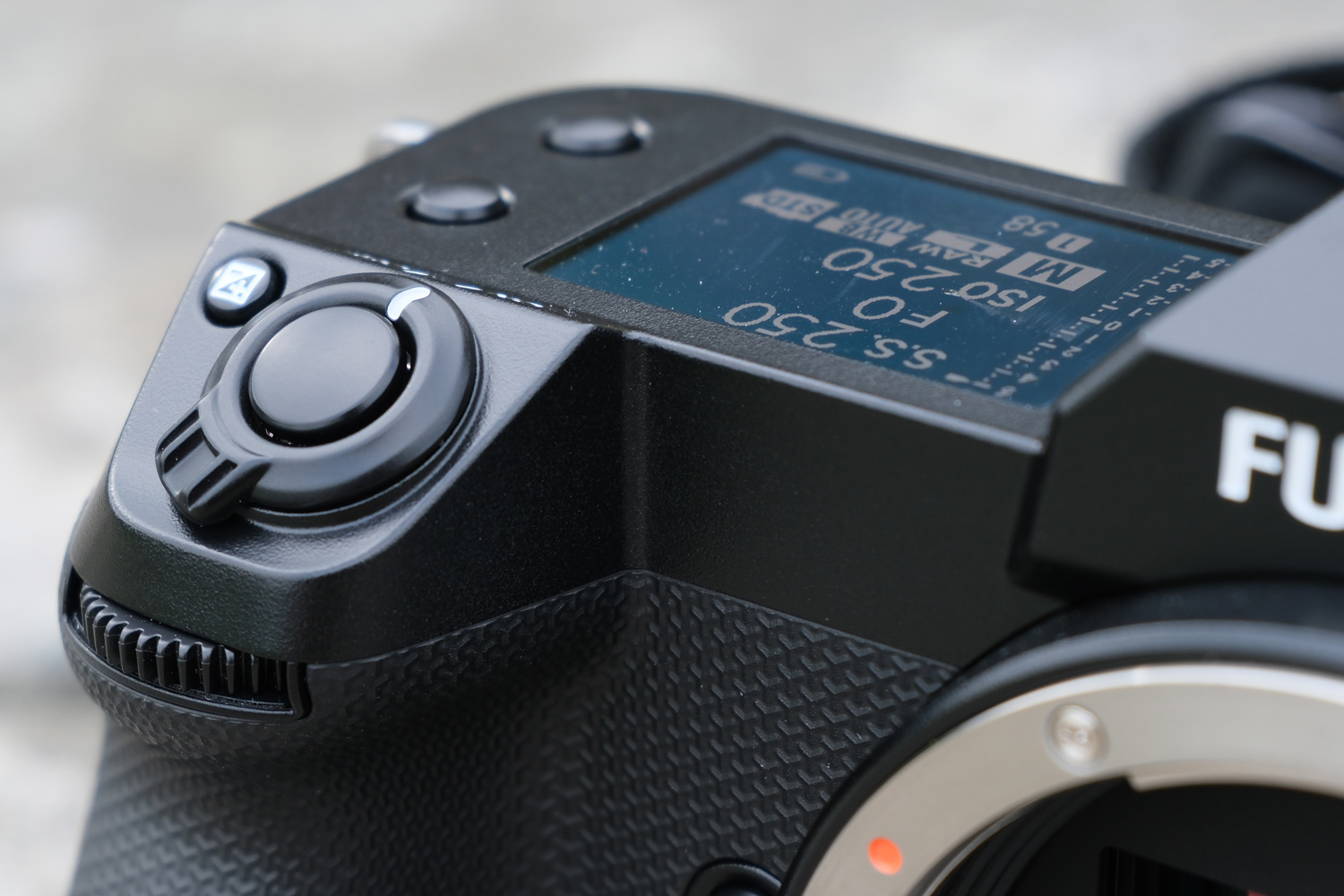
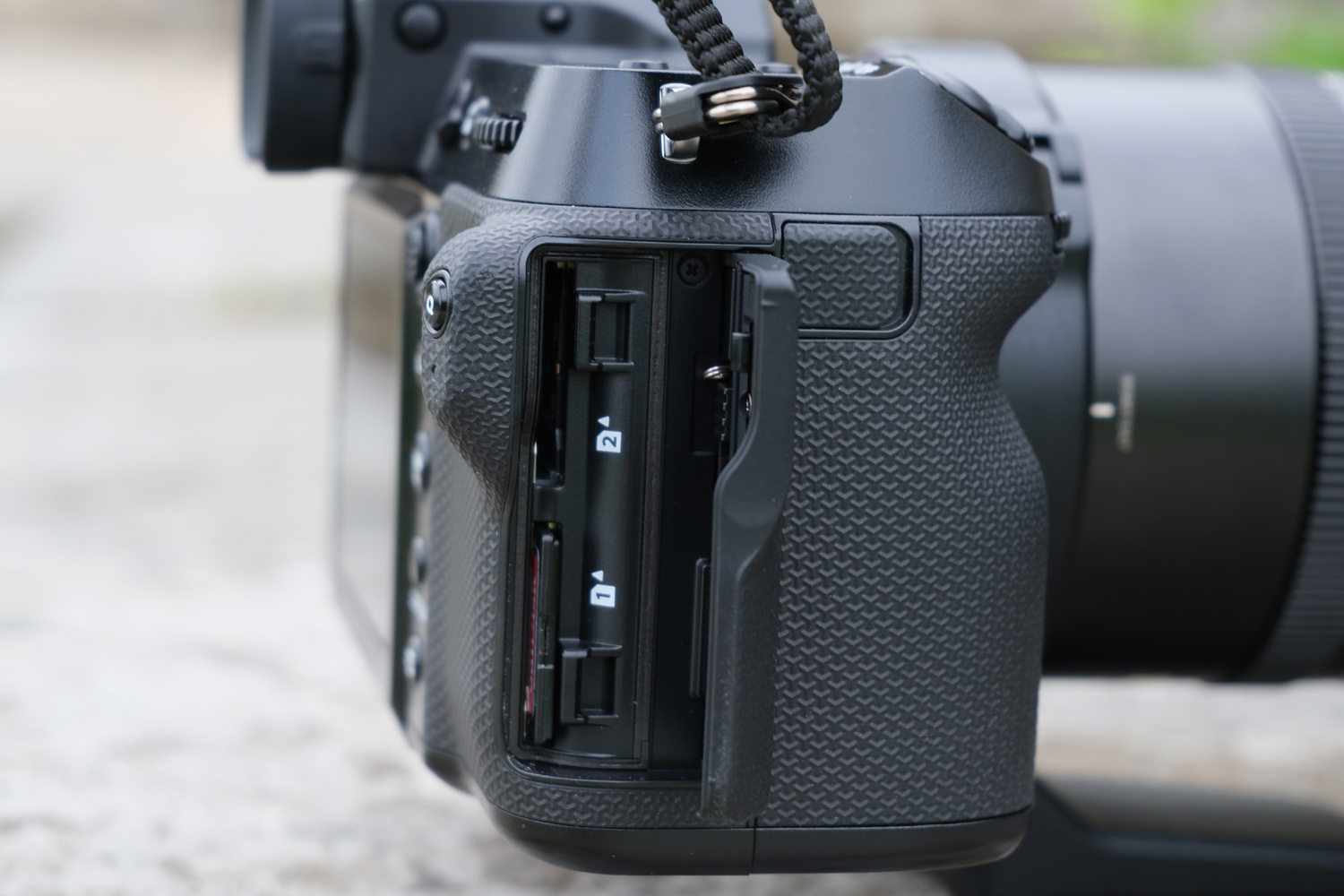
Arguably one of the GFX series’ best features is how easy each camera is to pick up and shoot with. The menu system and button layout are almost identical to Fuji’s more mainstream models, with a few additions that appeal to pros and newcomers alike. I love the e-ink top plate, which puts key info at a glance without eating into your precious battery life, and stays visible when the camera is powered off. It’s customisable, too, replicating traditional circular command dials if you’re not a fan of simplified, modern layout.
The three-way tilting touchscreen is clearly aimed at stills photographers, with no way to flip it outwards or face forwards for vlog-style filming. The up and downward tilt was ideal for high- and low-angle shooting, whether I was holding the camera in portrait or landscape, and the screen was plenty bright enough for daytime visibility. The electronic viewfinder, meanwhile, is considerably sharper than the previous version, with a 5.76 million-dot resolution – though that’s still about half of the one fitted to the GFX100 II.
There are two SD card slots at the side of the camera; these are easier to reach when mounted to a tripod than if they shared a space behind the battery door in the bottom of the body. I was a bit surprised Fuji didn’t add at least one CFexpress slot, which would surely be a better choice for 102MP RAWs and 4K video recording, but my UHS-II SD card was at least able to keep up with the former when not shooting extended bursts.
The battery itself is the same size as before, so 400 shots between charges shouldn’t be out of the question. I managed to drain it in a day of stills shooting with the rear touchscreen on more often than not.
Performance: object detected
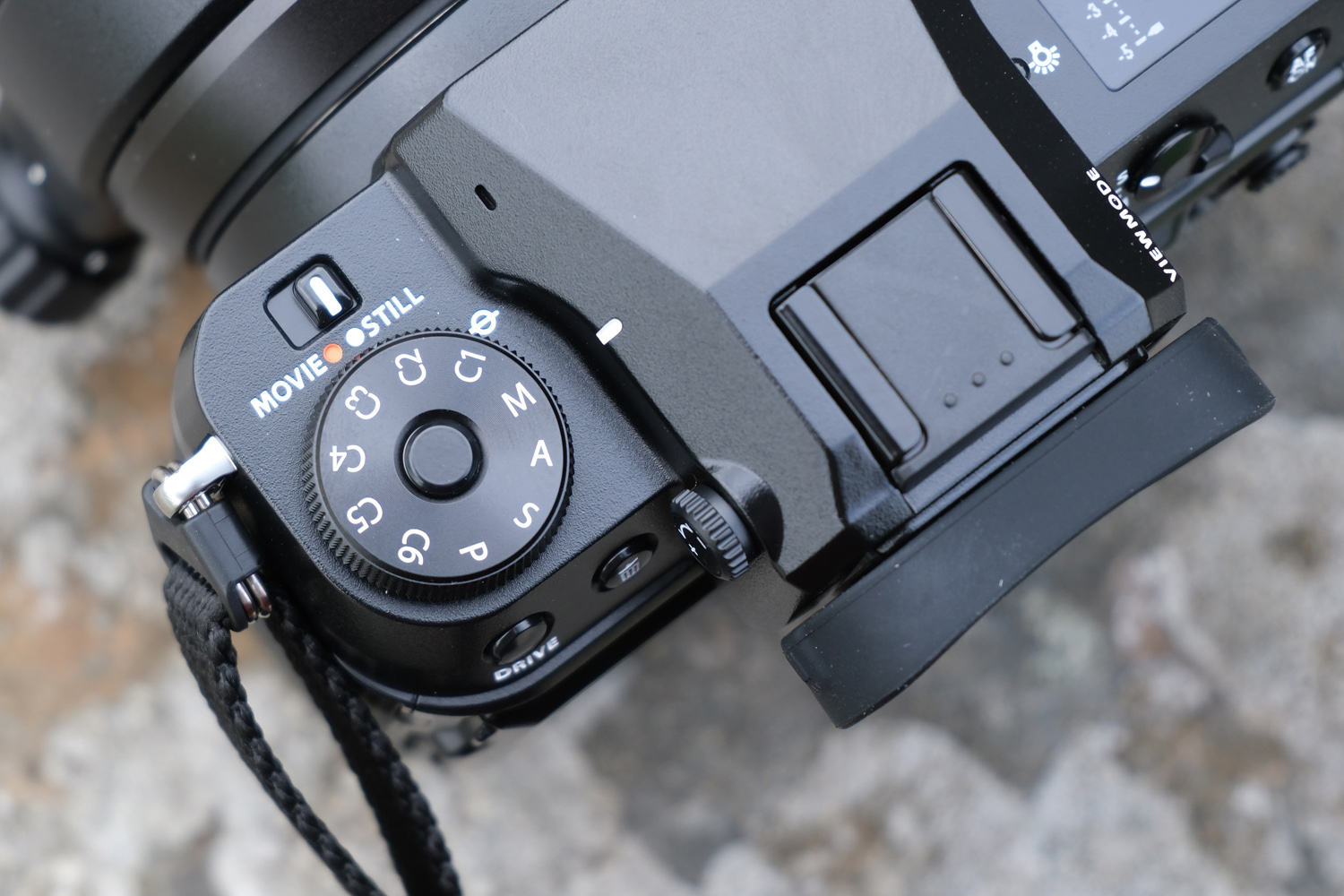
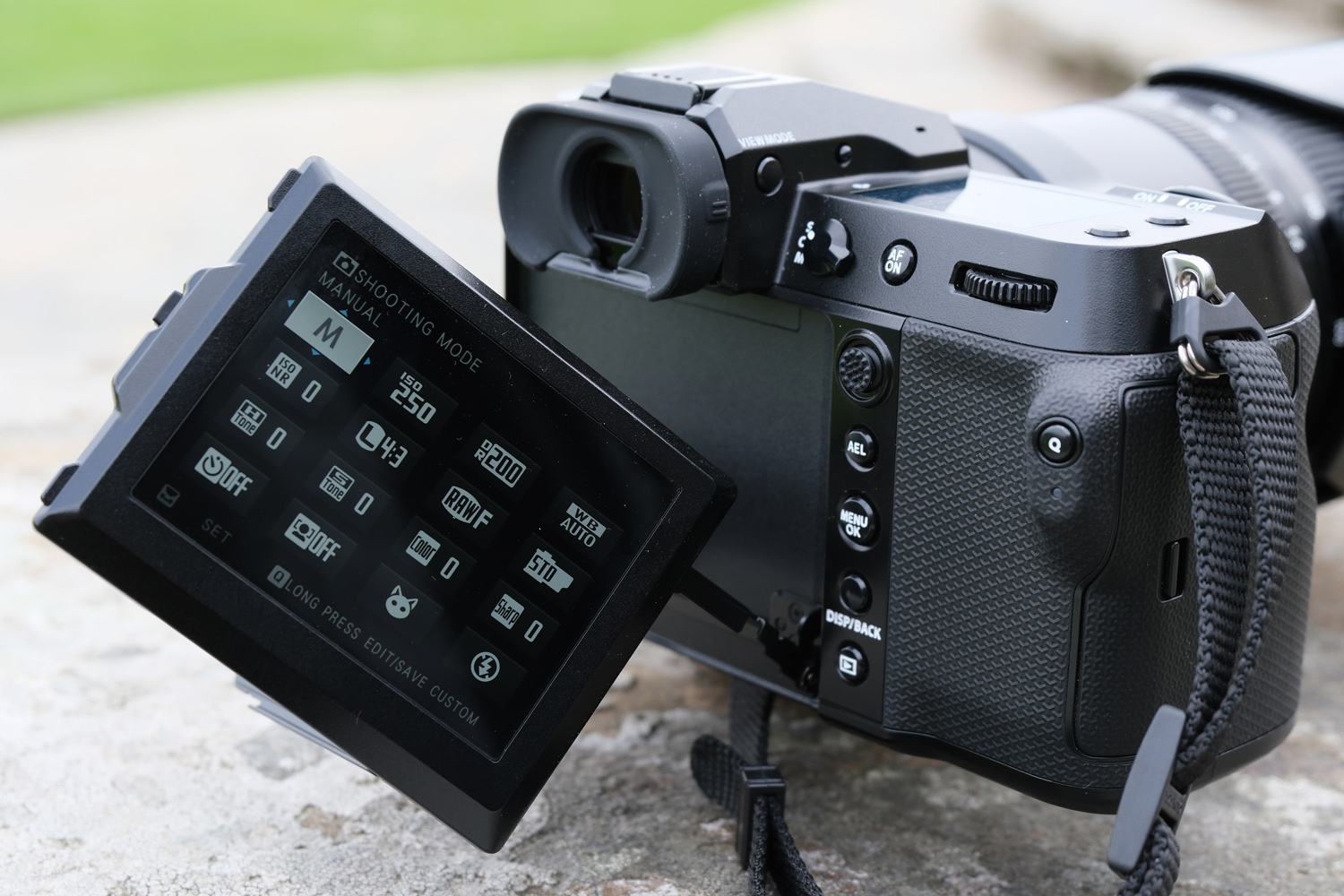
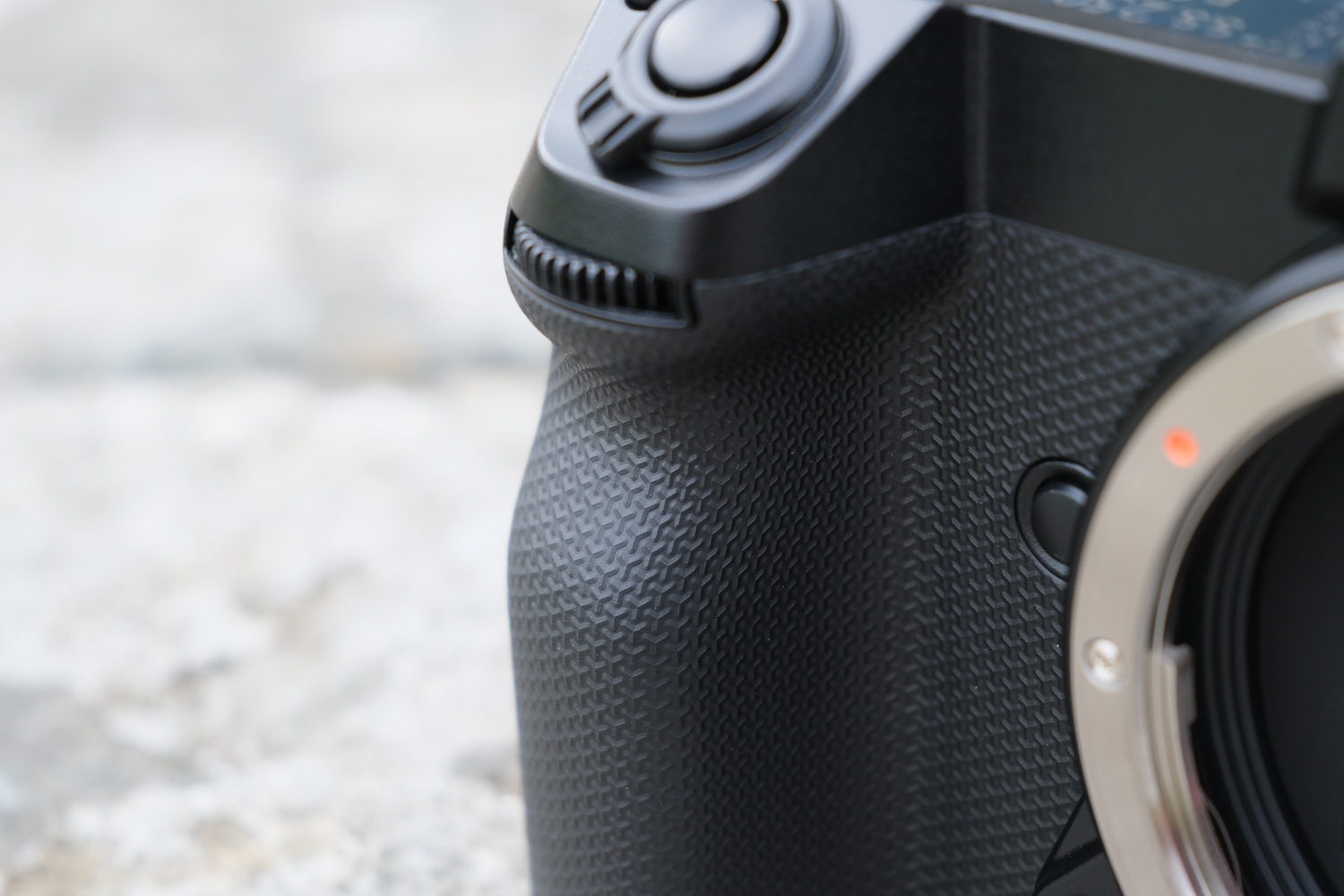
It might have the same humungous pixel count as the GFX100 II, but Fuji has introduced an entirely new CMOS sensor here. Base ISO is an impressively low ISO80, and burst shooting with mechanical shutter tops out at 7fps. It’s still paired with the firm’s X-Processor 5 image processor, which previously put in epic performances in the X-T5 and X100 VI.
I continue to be impressed by the very effective subject detection autofocus, which can recognise animals with astonishing accuracy. Eye detection then comes into the mix, and was almost always on point.
The old camera was no slouch when it came to in-body image stabilisation – it’s what made it a more capable all-rounder camera than virtually any other medium format rival – but the GFX100S II goes even further. It has eight full stops of IBIS, which worked to brilliant effect while riding in the back of a 4×4; the sun was setting, yet I still managed to capture some impressively sharp images.
Fuji hasn’t neglected video either – it reckons GFX models are now in regular use on film and TV sets as B- and C-cameras, after all. The GFX100S II can manage 4K/30p in-camera, with F-Log 2 and 4:2:2 10-bit colour. ProRes and BlackMagic RAW can be shot to an external recorder over micro HDMI, too. There are 3.5mm ports for a microphone and headphones, and the USB-C port supports external SSDs.
Image quality: see every hair
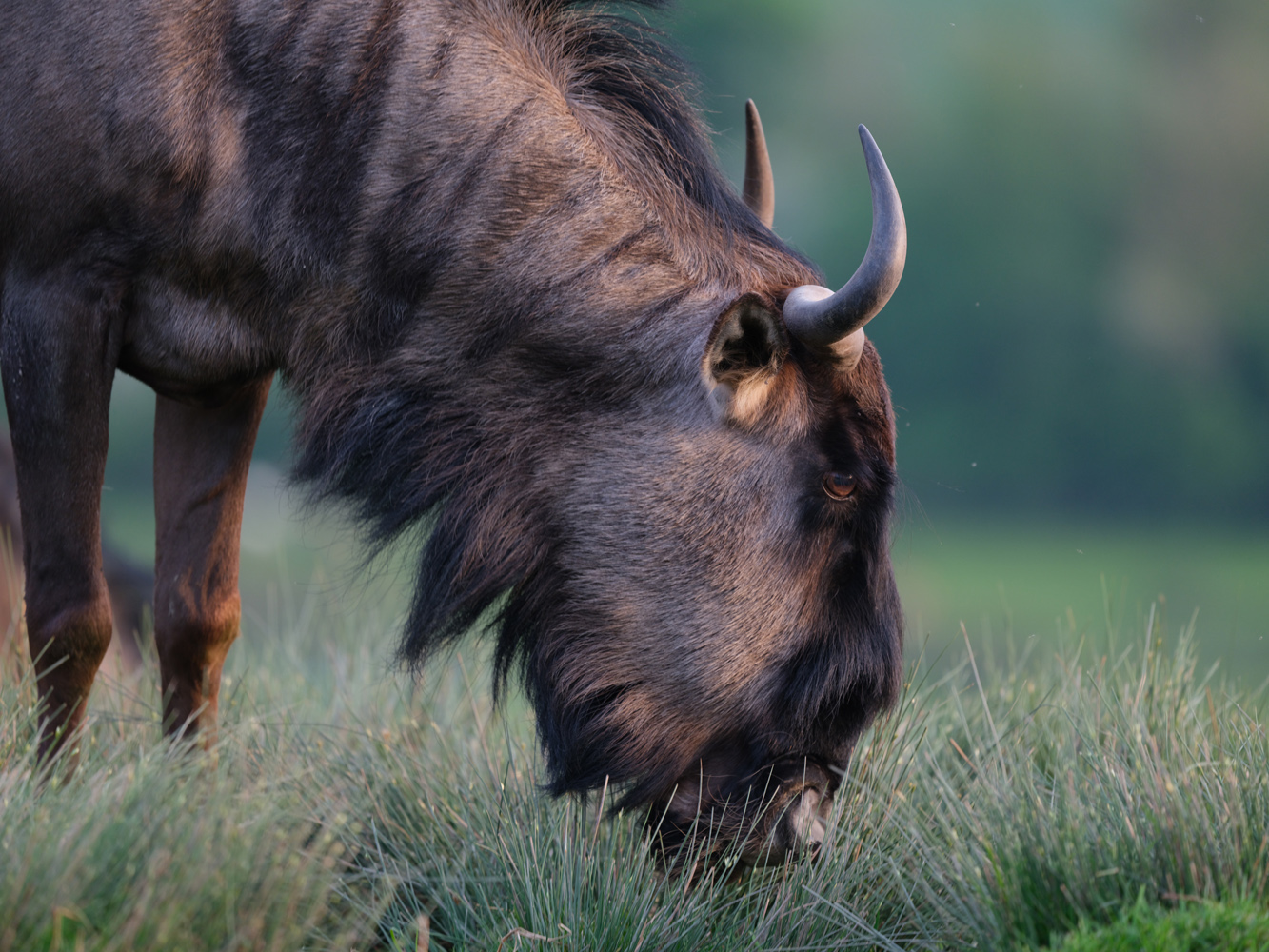
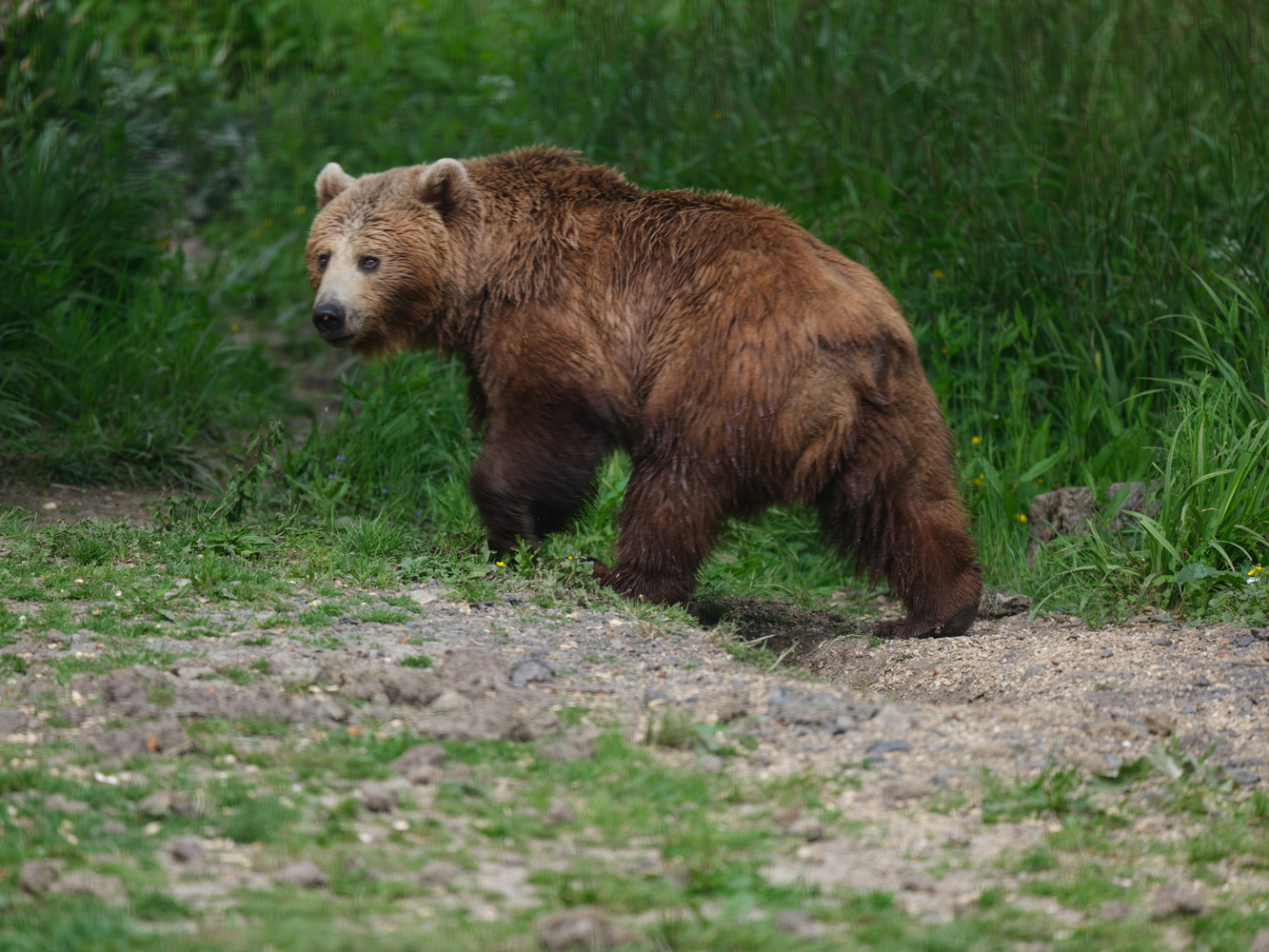
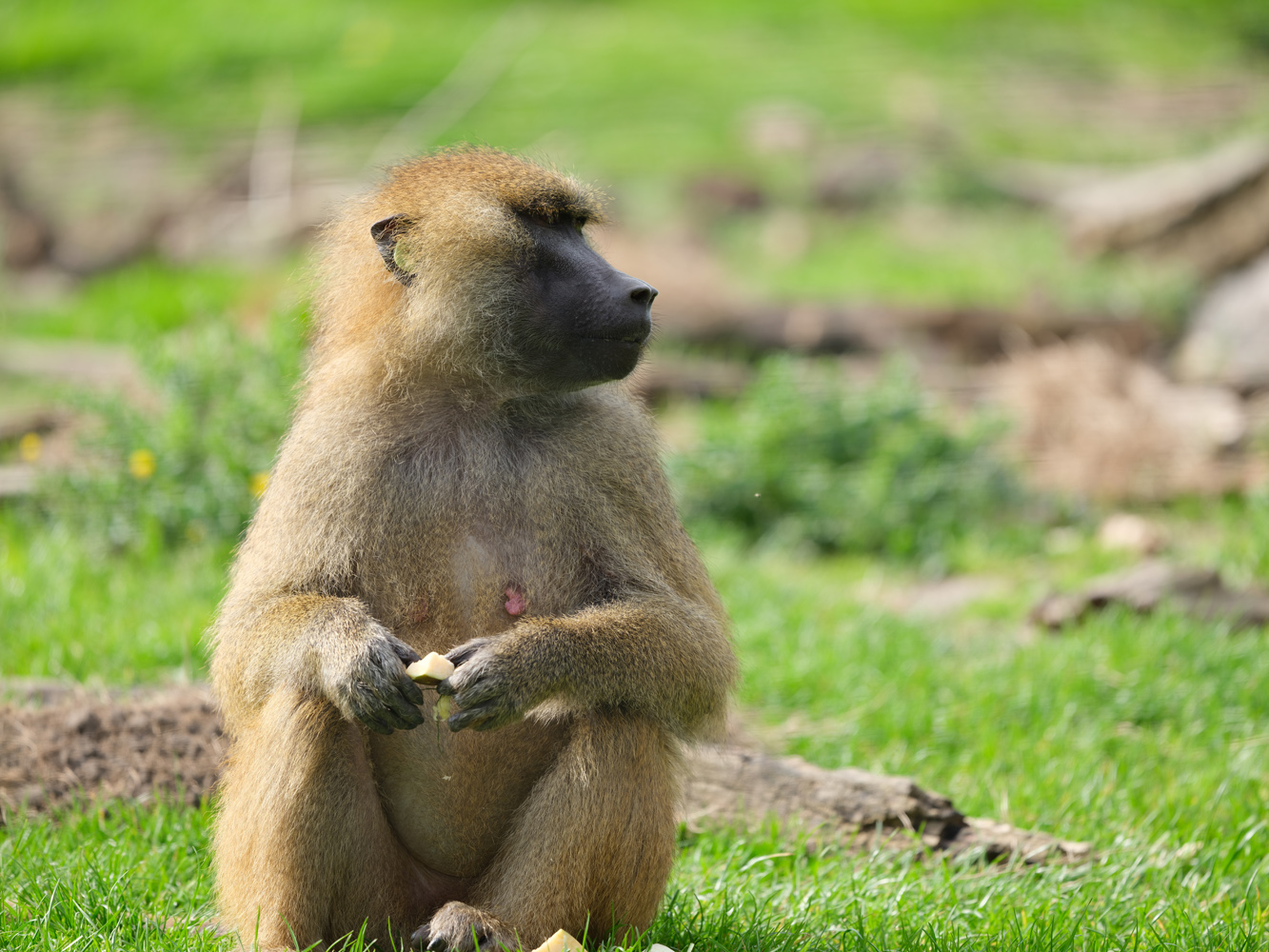

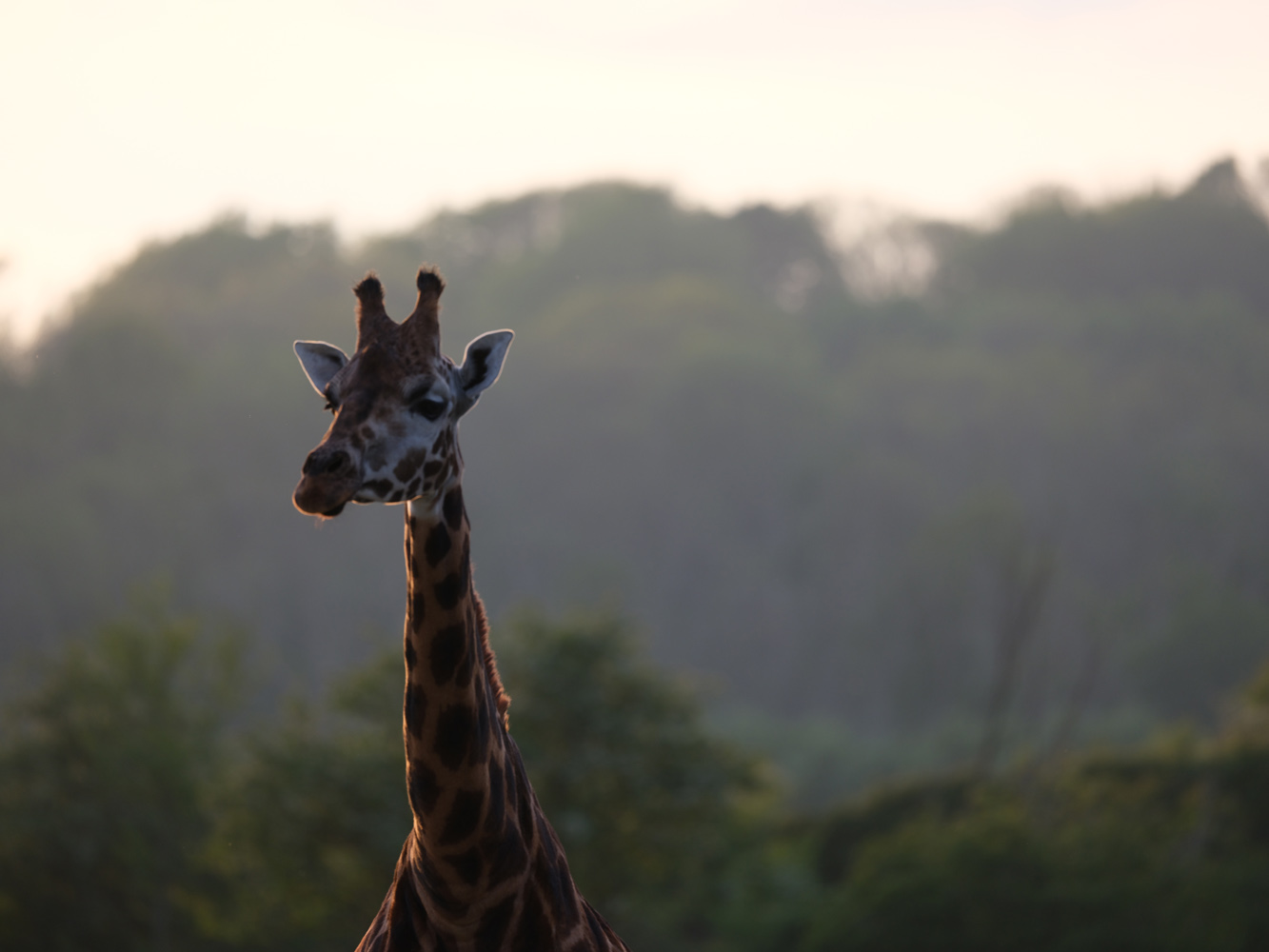
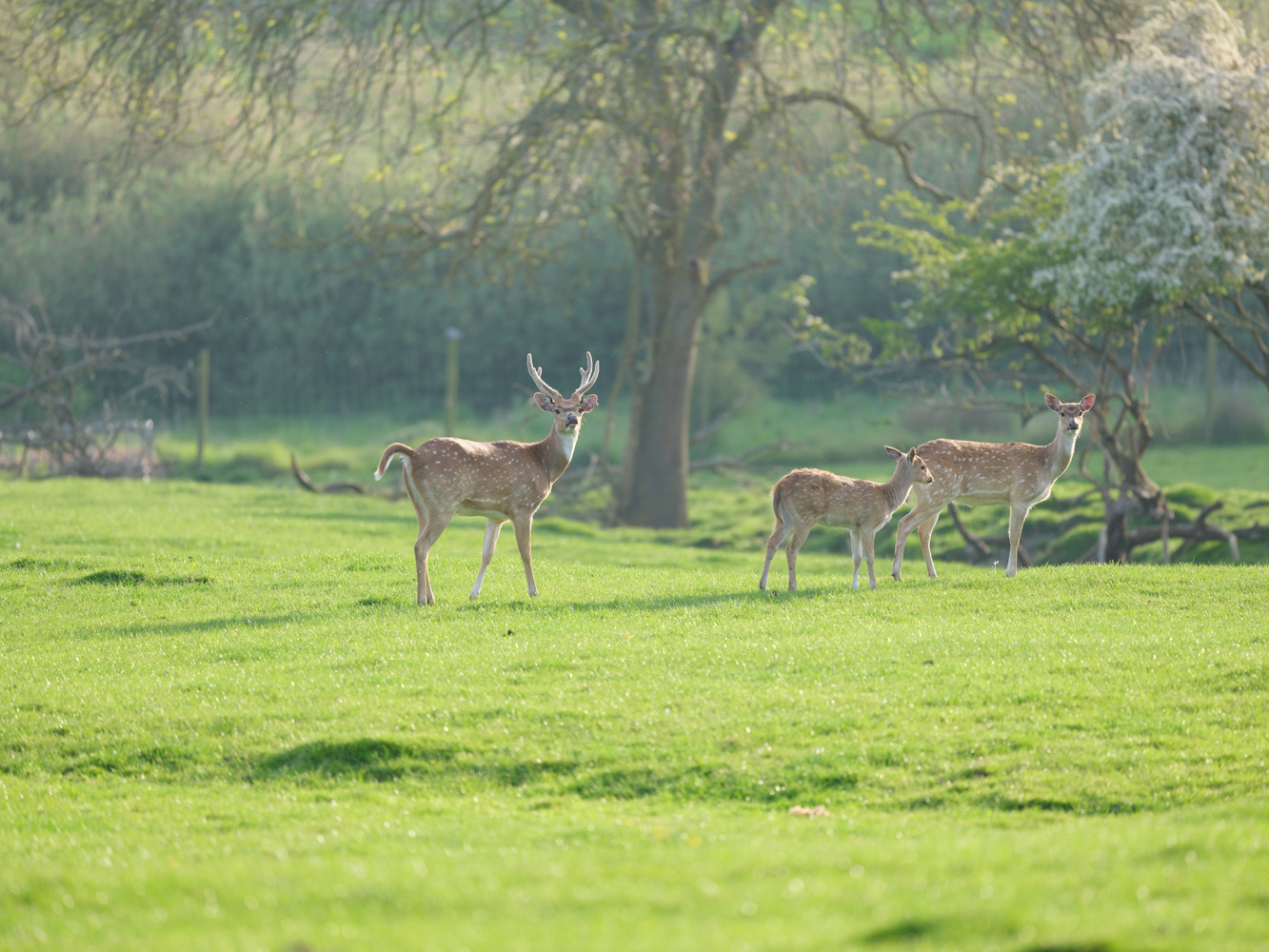
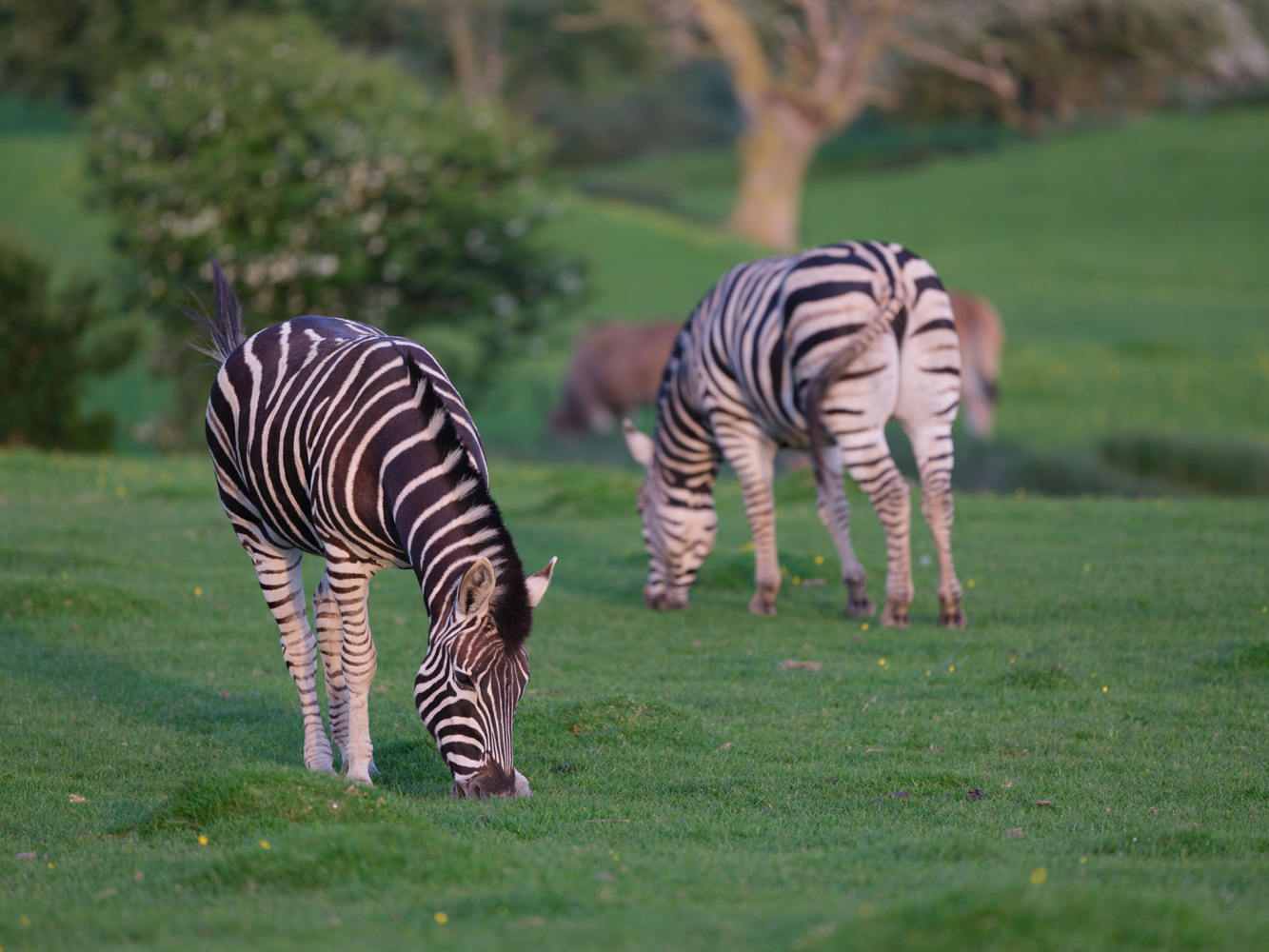
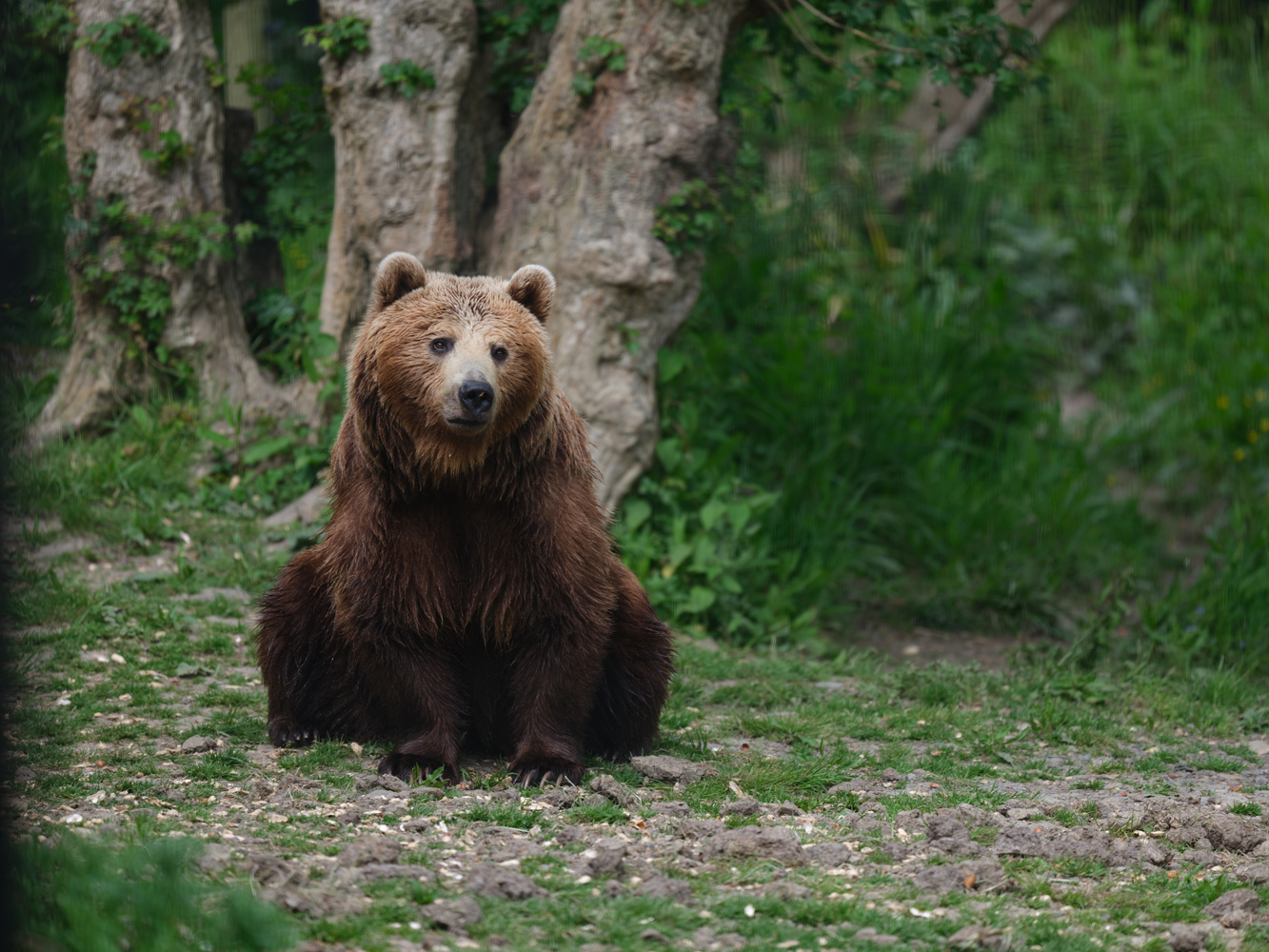
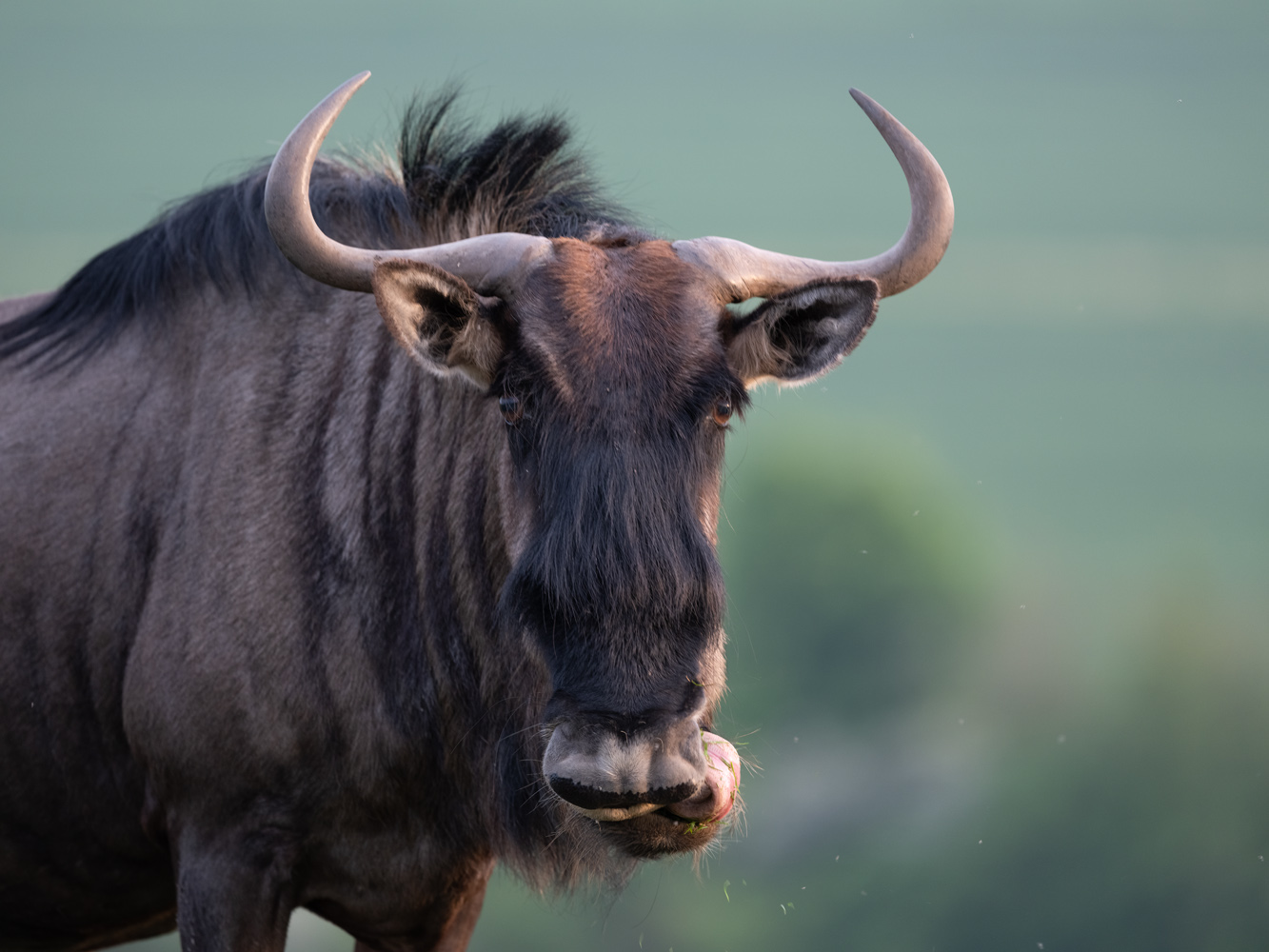
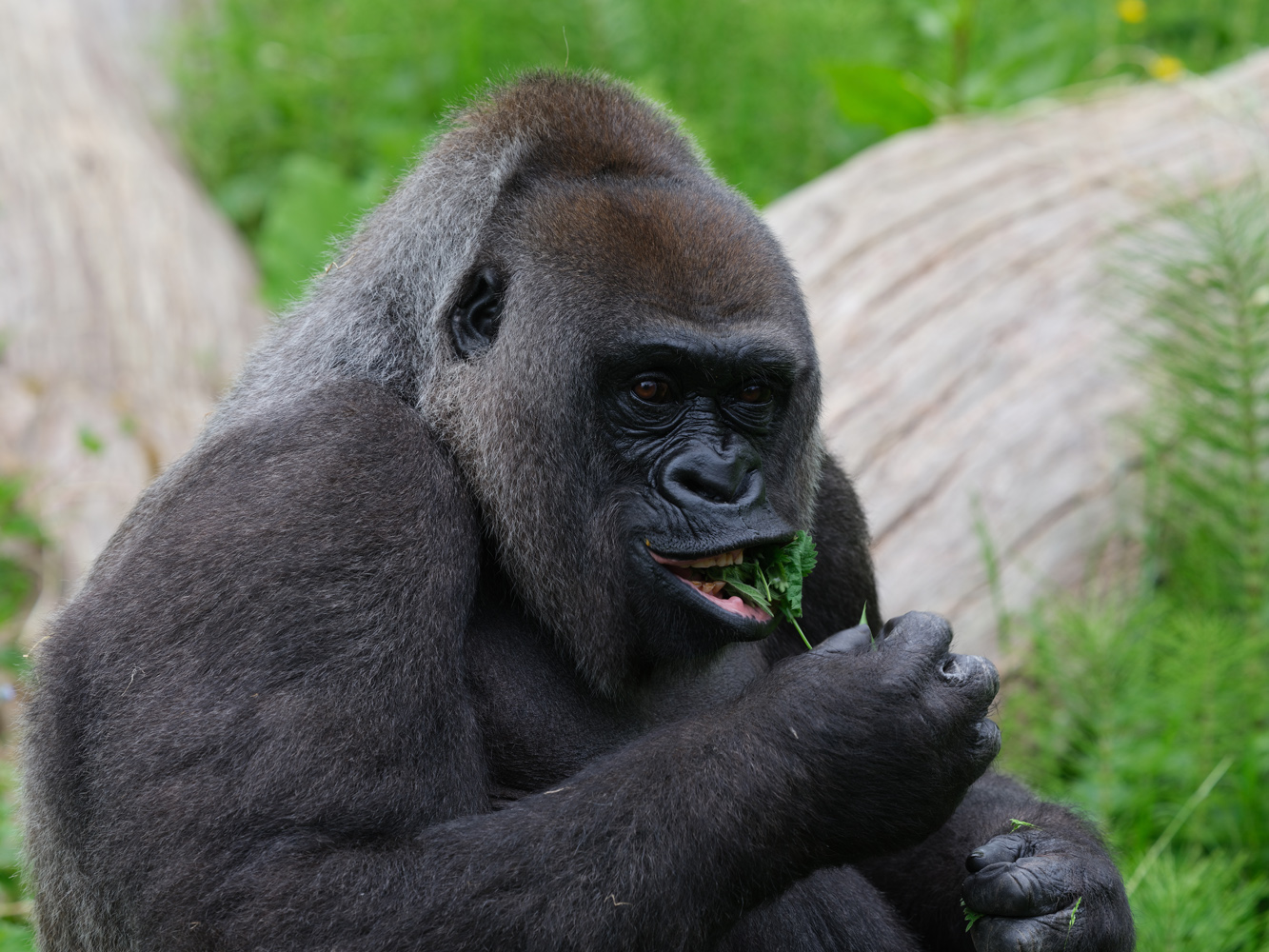
With a sensor that’s 1.7x larger than one you’ll find in a full-frame mirrorless camera, I was never in any doubt the GFX100S II could capture astonishing detail. I just didn’t expect it to be so adept at it when the subjects refused to sit still. It performed brilliantly at Port Lympne nature reserve, capturing wild animals as if they were posing for their portraits.
The above shots were taken using the new Fujinon GF 500mm f/5.6 telephoto lens, which is similar to the existing 250mm zoom for size and weight yet gets doubly close to your subject. It’s going on sale alongside the GFX100S II for £3499/$3499/€3899. Images were taken straight from the camera, but have been resized from their native resolution.
Clarity is incredible, even at relatively low shutter speeds to account for fading light at the end of the day. You can almost count the hairs on the grazing wildebeest, which is also a testament to the lens construction. Exposure and dynamic range were handled as deftly as I’ve come to expect from Fuji cameras, and the firm’s colour science delivers striking natural hues.
Of course that’s before Fuji’s fantastic film simulations come into play. There are 20 to choose from through the Q menu (there’s no dedicated dial here like you’ll find on the Fujifilm X-T50), including the latest, Reala Ace. Personally I love the retro vibe Nostalgic Negative gives my images, but Velvia’s more vibrant hues were also an ideal choice for bringing out rich greens from grass.
Fujifilm GFX-100S II initial verdict

As much as I liked previous GFX cameras, I wasn’t entirely convinced a medium format sensor made sense for every kind of photography. The GFX100S II might’ve just changed my mind. Though I’ve only spent a few days with one so far, it’s impressively capable in the real world, away from static subjects and controlled lighting, while offering resolution and clarity even full-frame rivals struggle to match.
With no updates planned for the GFX50 (why would there be, now APS-C sensors nudge 40MP and full-frame ones are north of 60MP), this is now Fuji’s medium format entry-point. Given it’s smaller and lighter than either a Nikon Z9 and Canon EOS R3, and with a more traditional form factor, I can see it having real crossover appeal. That it costs less than a Sony A1 is another big plus point.
OK, with the cheapest GF Mount lens being enough to nudge this system north of $6500/£6000, it’s never going to be mainstream – but if pixel precision is how you define a fantastic photo, you’re unlikely to be disappointed with one of these in your hands.
Fujifilm GFX-100S II technical specifications
| Sensor | 102MP BSI CMOS II |
| Lens mount | Fujifilm GF mount |
| ISO range | ISO80-102,400 (extended) |
| Continuous shooting | 7fps (mechanical shutter) |
| Video recording | 4K/30P |
| Screen | 3.2in, 3-way LCD touchscreen |
| Viewfinder | 5.76 million-dot EVF |
| Storage | 2x SD UHS-II |
| Connectivity | Wi-Fi, Bluetooth, USB-C, HDMI |
| Weight | 883g (body only) |


